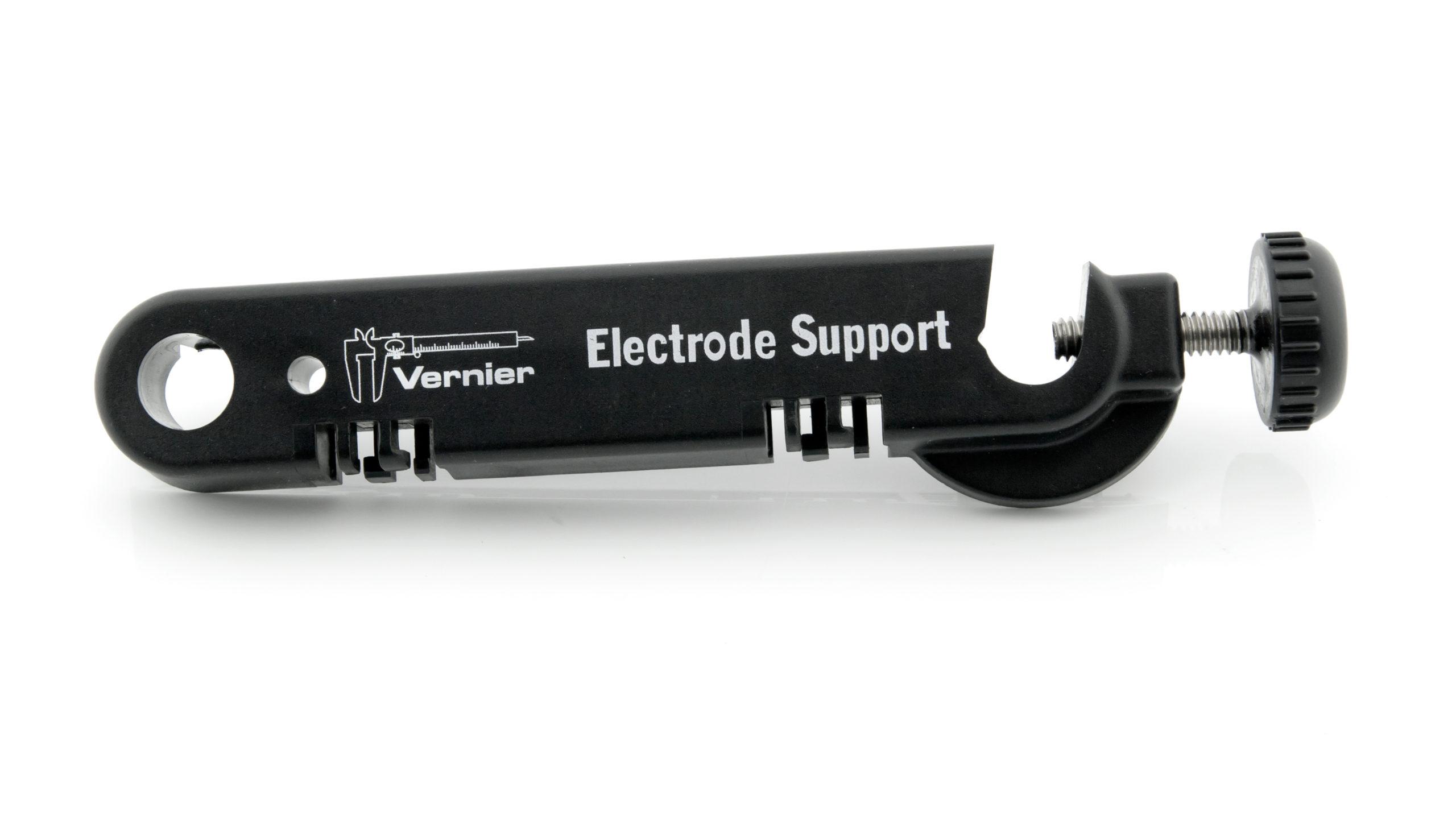- Go Wireless pH and Go Wireless Electrode Amplifier ...
- Aug 13, 2018 ... Go Wireless pH uses Bluetooth low energy technology and can only be used with devices running the appropriate software that support Bluetooth low energy ...
- https://www.vernier.com/til/3272
- Potassium Ion-Selective Electrode Troubleshooting and FAQs ...
- May 5, 2015 ... Troubleshooting · Primary Test: Check the raw voltages while calibrating in the standards. The high (1000 mg/L) should be around 2.7 volts. The ...
- https://www.vernier.com/til/3115
- Calcium Ion-Selective Electrode Troubleshooting and FAQs ...
- Feb 6, 2015 ... Troubleshooting · Primary Test: Check the raw voltages while calibrating in the standards. The high (1000 mg/L) should be around 1.9 volts. The ...
- https://www.vernier.com/til/1434
- Glass-Body pH Electrode BNC: Troubleshooting and FAQs ...
- Jul 19, 2017 ... Connect the electrode to one of the Vernier electrode amplifiers. ... Electrode Support (ESUP); Microstirrer (MSTIR); Stir Station (STIR) ...
- https://www.vernier.com/til/3793
- Go Direct Chloride Ion-Selective Electrode Troubleshooting and FAQs
- Jan 24, 2019 ... Troubleshooting. General: Press the power button on the sensor to turn it on. Connect your sensor as described in the Getting Started ...
- https://www.vernier.com/til/4350
- Go Direct ORP Sensor Troubleshooting and FAQs – Technical ...
- Aug 3, 2017 ... Electrode responses vary significantly among electrodes, time, and temperature. ... Electrode Support (ESUP); Go Direct® Sensor Clamp (GDX-CLAMP) ...
- https://www.vernier.com/til/3967
- Nitrate Ion-Selective Electrode Troubleshooting and FAQs ...
- Feb 6, 2015 ... Troubleshooting · Primary Test: Check the raw voltages while calibrating in the standards. The high (100 mg/L) should be around 1.6 volts. The ...
- https://www.vernier.com/til/1432
- Chloride Ion-Selective Electrode Troubleshooting and FAQs ...
- Nov 10, 2016 ... Troubleshooting · Primary Test: Check the raw voltages while calibrating in the standards. The high (1000 mg/L) should be around 2.0 volts. The ...
- https://www.vernier.com/til/1433
- Ammonium Ion-Selective Electrode Troubleshooting and FAQs ...
- Hold the ISE still and wait for the voltage reading to stabilize. Stirring the solution during this process is ideal. Related Products. Electrode Support (ESUP) ...
- https://www.vernier.com/til/1435
- Go Direct Electrode Amplifier Troubleshooting and FAQs ...
- Aug 12, 2019 ... (The green LED will flash to indicate the sensor is connected.) Primary Test: Connect an electrode (such as an ORP or pH) to the Electrode ...
- https://www.vernier.com/til/3858
- I am using a third-party electrode with your Electrode Amplifier. How do I calibrate the electrode in Logger Pro 3?
- NOTE: The 3rd-party electrode must have a BNC connector at the end of its cable to connect it to the Electrode Amplifier. Also, you’ll need...
- https://www.vernier.com/til/2459/
- I found an ORP electrode that was stored dry. How can I test it to see if the electrode is still working?
- The ideal test solution for an ORP electrode is a commercially-produced standard. Many companies sell ORP standards: Hach, Cole Parmer, and Hanna are three examples....
- https://www.vernier.com/til/2467/
- Data Collection with Go Wireless pH/Electrode Amplifier FAQs
- Data Collection with Go Wireless pH/Electrode Amplifier FAQs Q: What are the steps to start data collection with a Go Wireless pH? A: Follow the...
- https://www.vernier.com/til/3375/
- The glass bulb of my pH Sensor is broken. Can it be repaired?
- No, unfortunately a broken glass bulb on any of our pH sensors cannot be repaired or replaced and is not covered by the warranty. We...
- https://www.vernier.com/til/782/
- Electrode Amplifier Troubleshooting and FAQs
- Specifications and User Guide Troubleshooting Additional Troubleshooting Specifications Calibration Calibrate? Normally, yes. However, it depends on the electrode that is connected. The Electrode Amplifier amplifies...
- https://www.vernier.com/til/1430/
- What is the best way to clean the glass bulb of the pH electrode?
- Generally, rinsing the electrode with distilled water after using should suffice. If the glass bulb looks dirty, you can rinse the electrode with warm water...
- https://www.vernier.com/til/706/
- The pH electrode I have been using no longer seems to work or is slow to respond. Is there anything I can do to fix it?
- When testing a pH Sensor (, , ), it is best to place it into a known buffer solution. This allows you to see if...
- https://www.vernier.com/til/730/
- Can I use a Vernier Ion-Selective Electrode (ISE) with Arduino?
- Yes, it is possible to use a Vernier Ion-Selective Electrode (ISE) with an Arduino microcontroller. However, we do not recommend this combination unless you are...
- https://www.vernier.com/til/3635/
- Which model pH sensor do I have? (How old is my pH sensor?)
- Vernier sells three different categories of pH sensor depending on the type of pH electrode used: standard, tris-compatible flat pH, and glass-body pH. Use the...
- https://www.vernier.com/til/4110/
SAVE/SHARE YOUR CART

 Electrode Support
Electrode Support